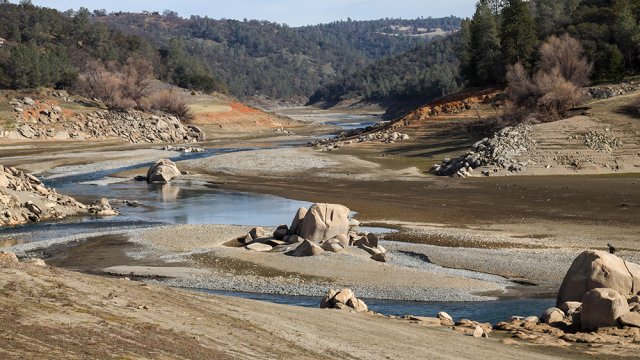Green Infrastructure and Extreme Weather
Parts of the country are more at risk from hazards and extreme weather events.
Learn more about types of green infrastructure that can help communities prepare for and manage these effects.
-
Mitigate Flooding

Slow and reduce stormwater runoff and protect floodplains.
-
Prepare for Drought

Help reduce stress on local water supplies.
-
Reduce Heat Islands

Shade building surfaces and deflect solar radiation.
-
Protect Coasts

Help reduce coastal erosion and storm impacts.
-
Lower Building Energy Demands

Help keep buildings comfortable.
-
Spend Less Energy Managing Water

Control stormwater more efficiently.
Find more technical resources from EPA’s green infrastructure technical resource library.
More Resources
Tools:
- Enviro Atlas — An interactive web-based tool providing geospatial data, easy-to-use tools, and other resources that decision-makers can use to inform policy and planning in the places where people live, learn, work, and play.
- Regional Resilience Toolkit — EPA recently released its this toolkit for addressing regional adaptation planning needs to address hazards from natural disasters. EPA is working with a handful of pilot communities to help them utilize the toolkit and increase their adaptation.
- Risk Factor — An online tool created by the nonprofit First Street Foundation where users can put in their address and easily identify extreme weather hazards that can potentially affect them.
Webinars:
- Lessons Learned Integrating Water Quality and Nature Based Approaches for Hazard Mitigation Webinar and Building Resilient Communities with Green Infrastructure and Hazard Mitigation Planning Webinar — EPA and the Federal Emergency Management Agency (FEMA) worked with three regions—Ashland, Oregon; Albany, New York; and the Commonwealth of Massachusetts—to pilot projects that have successfully integrated watershed planning, green infrastructure, and source water protection into FEMA hazard mitigation plans.
